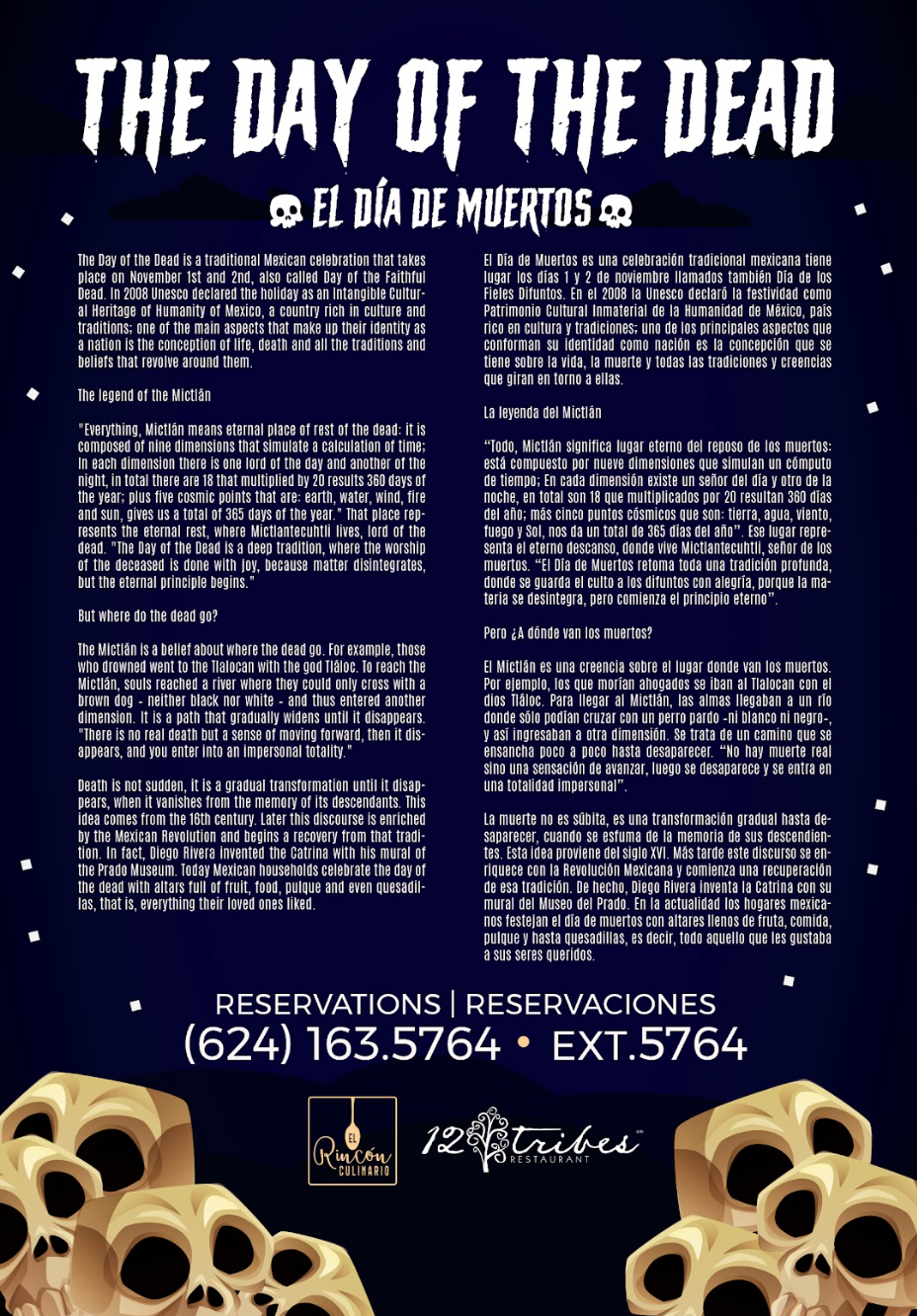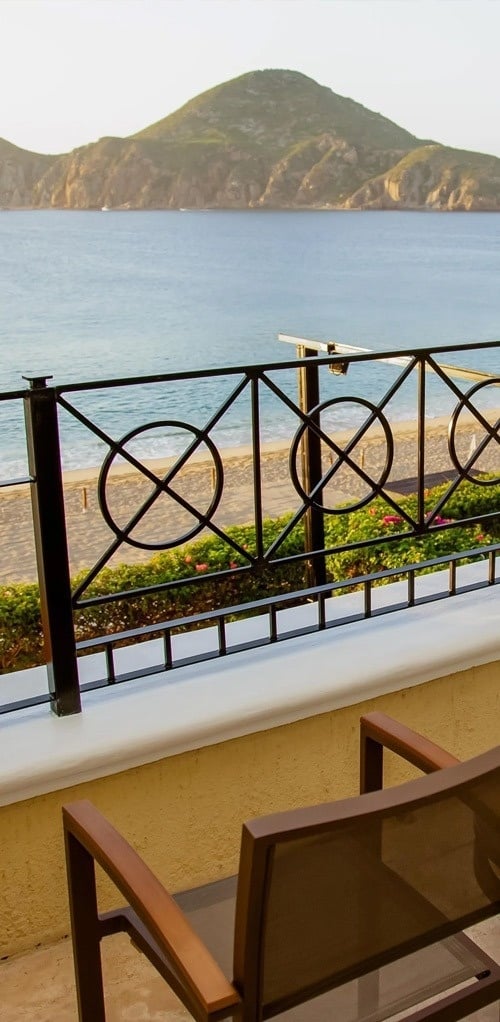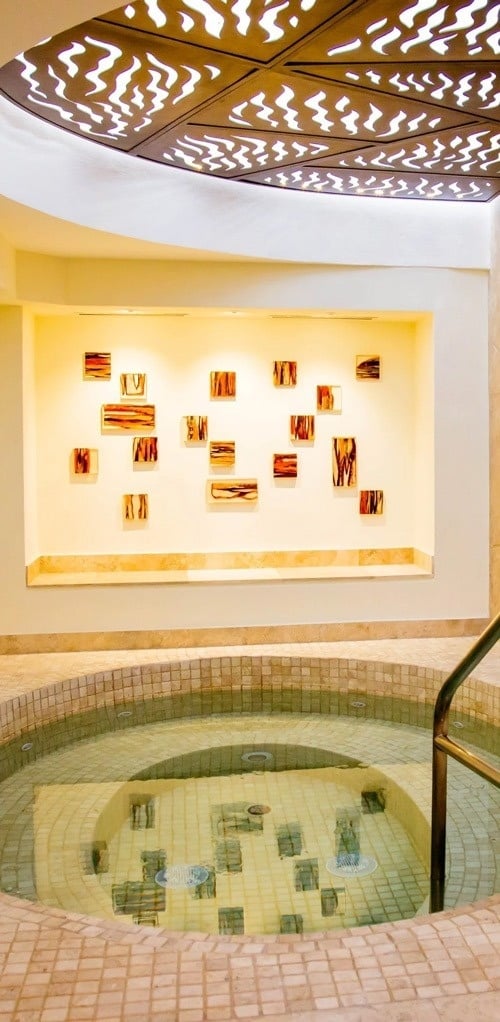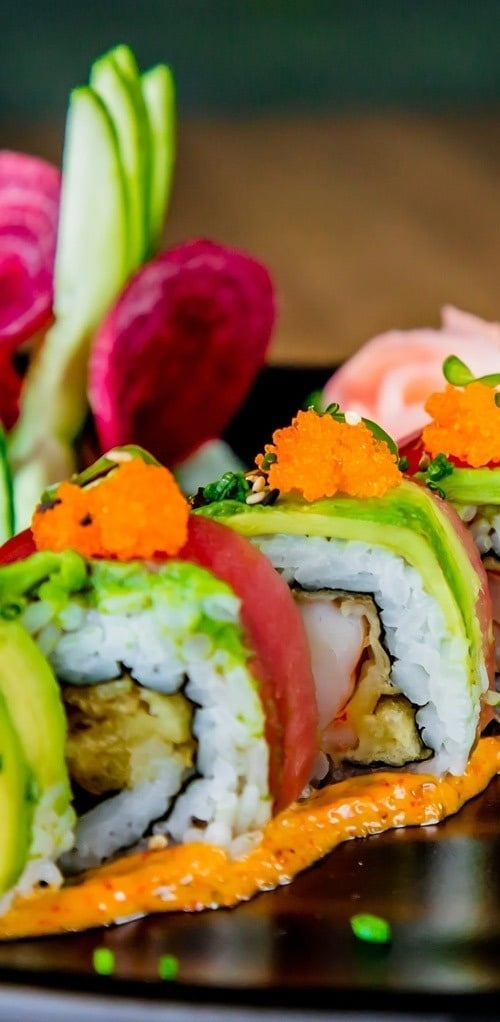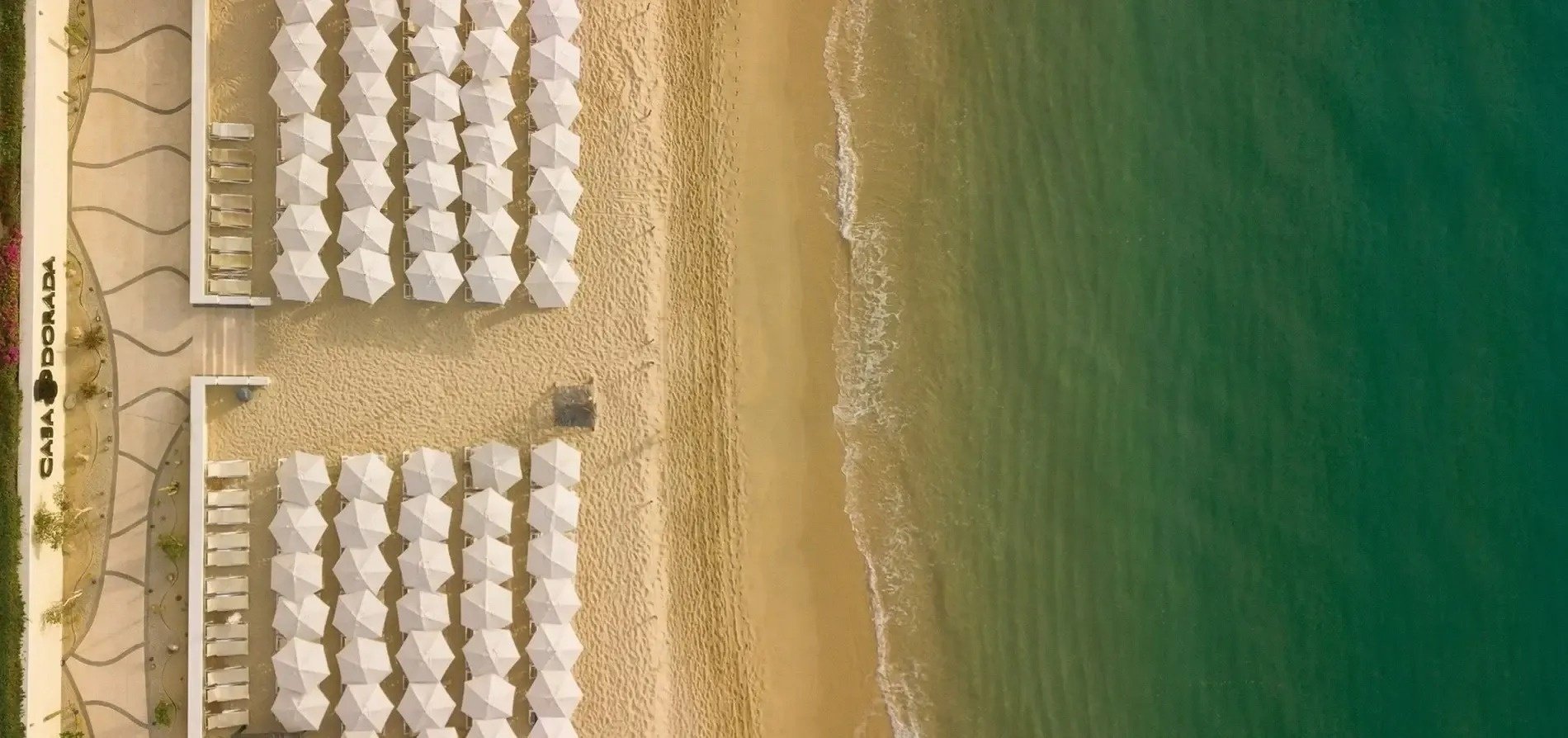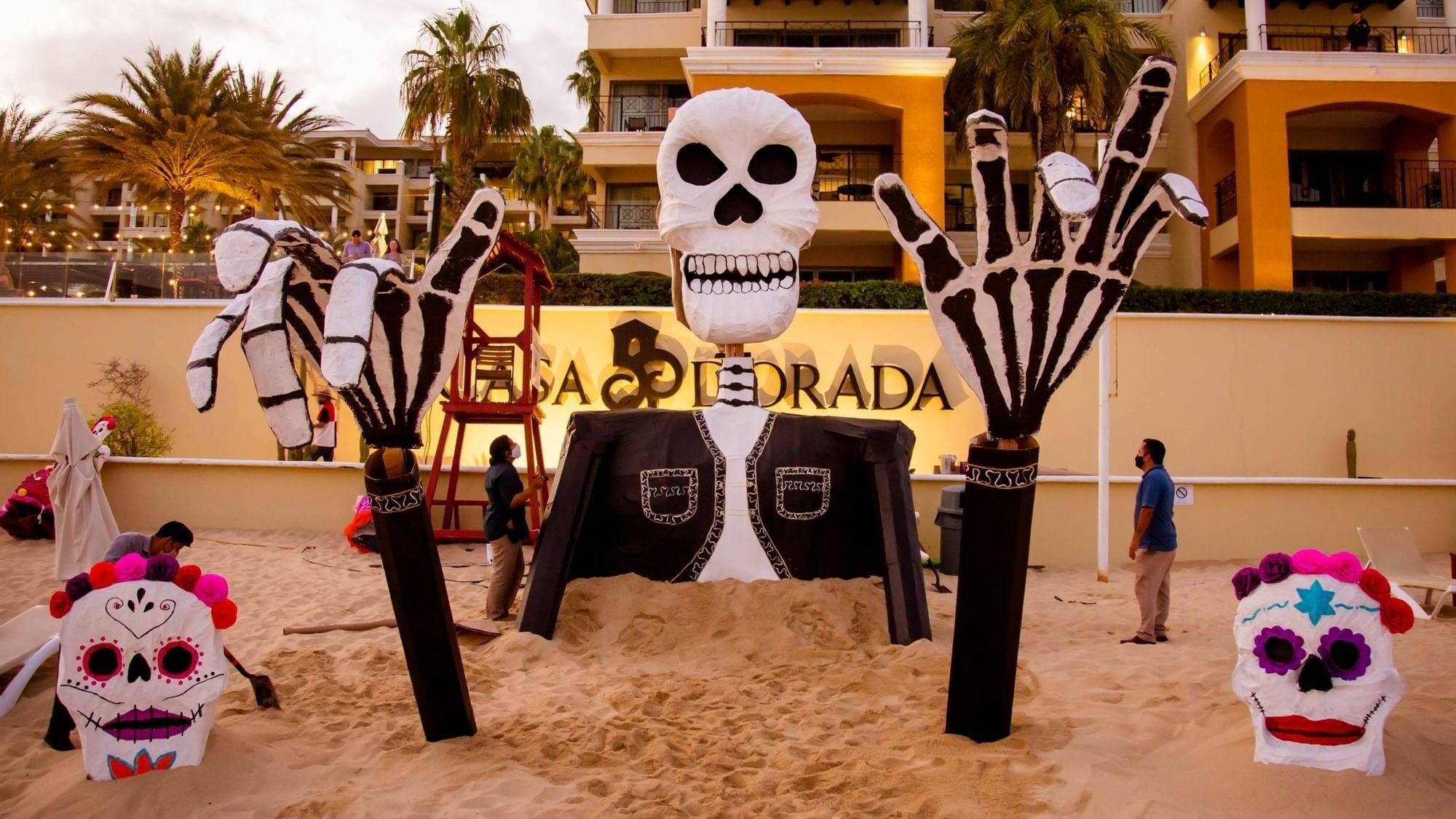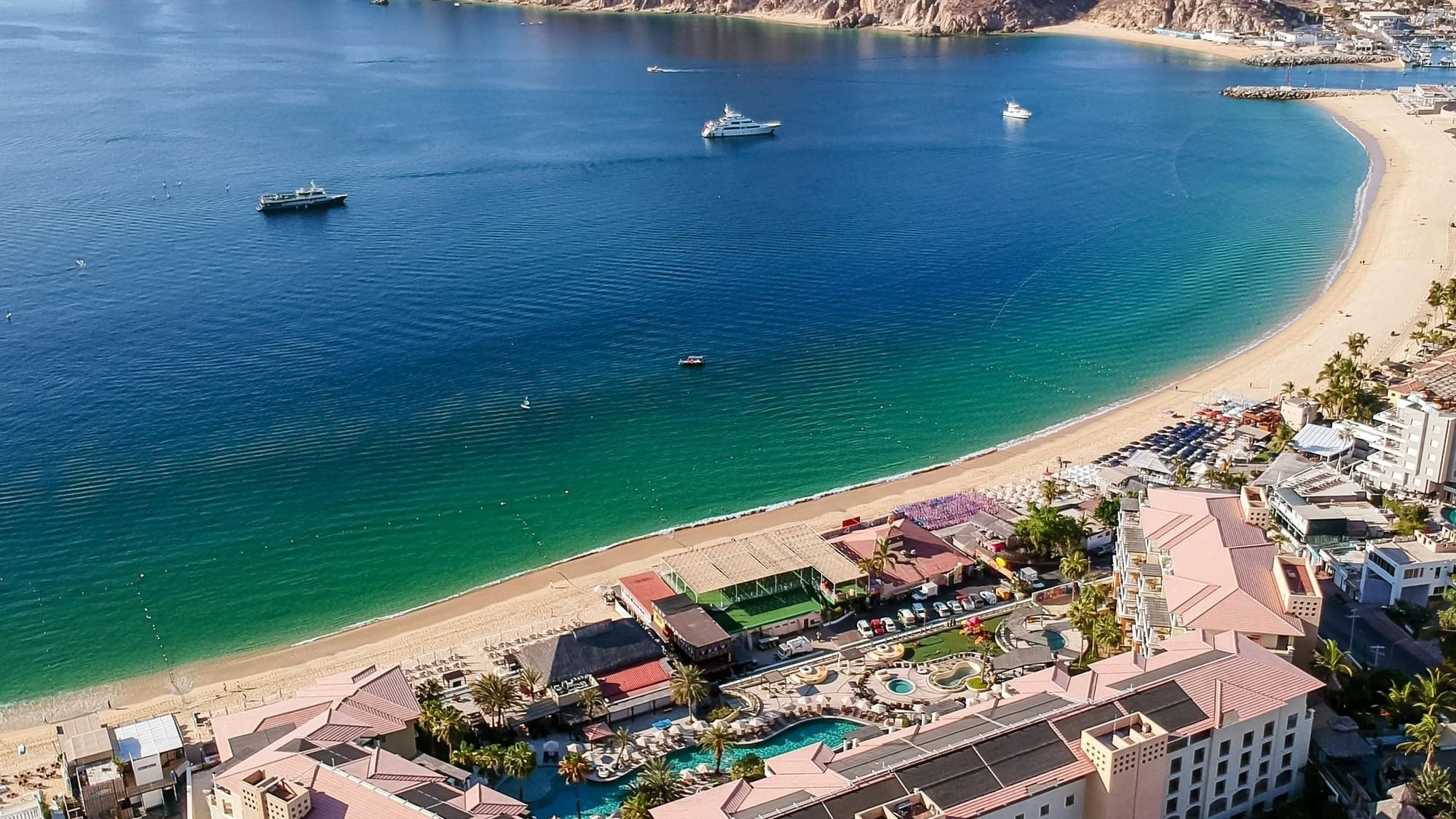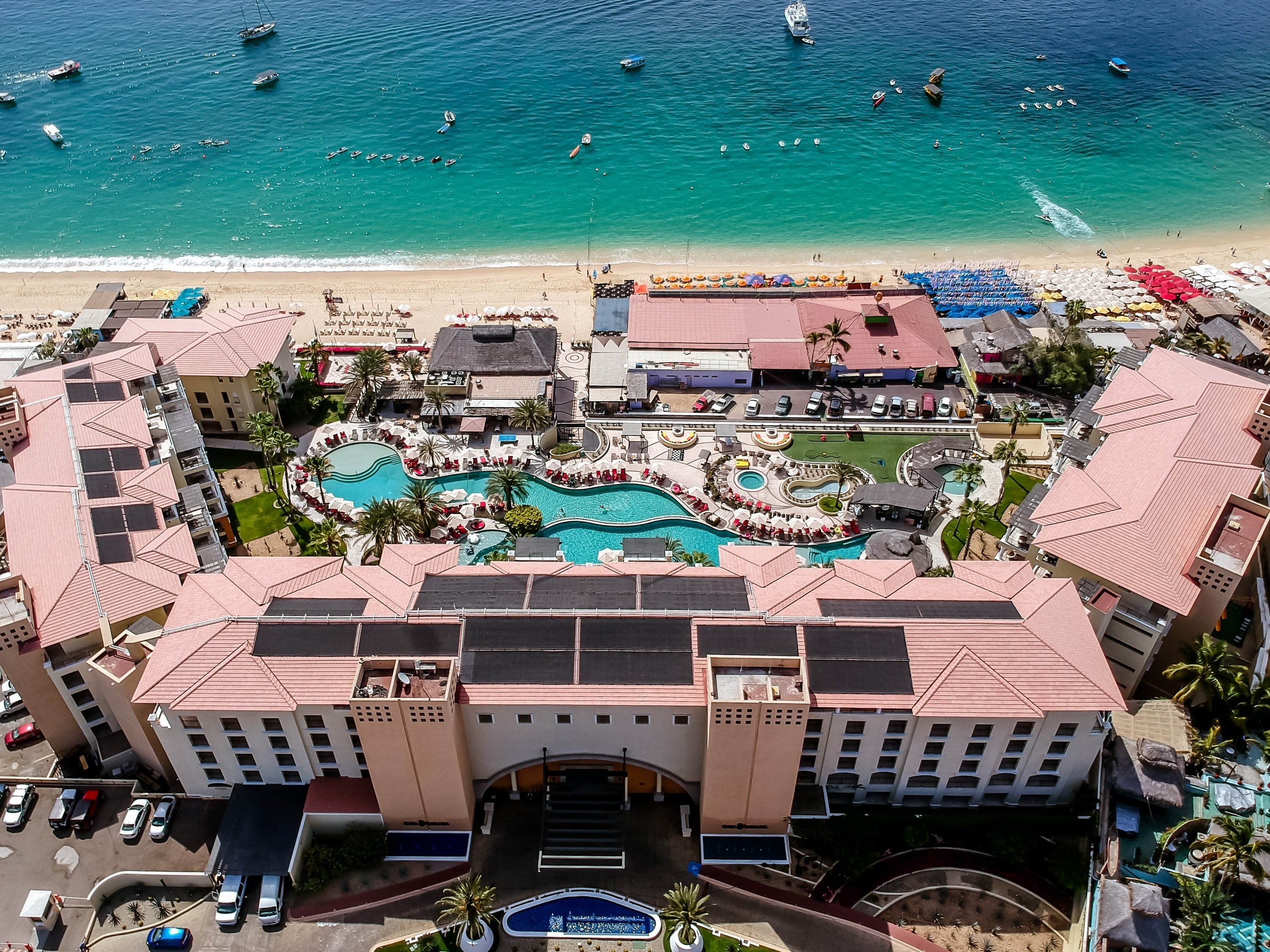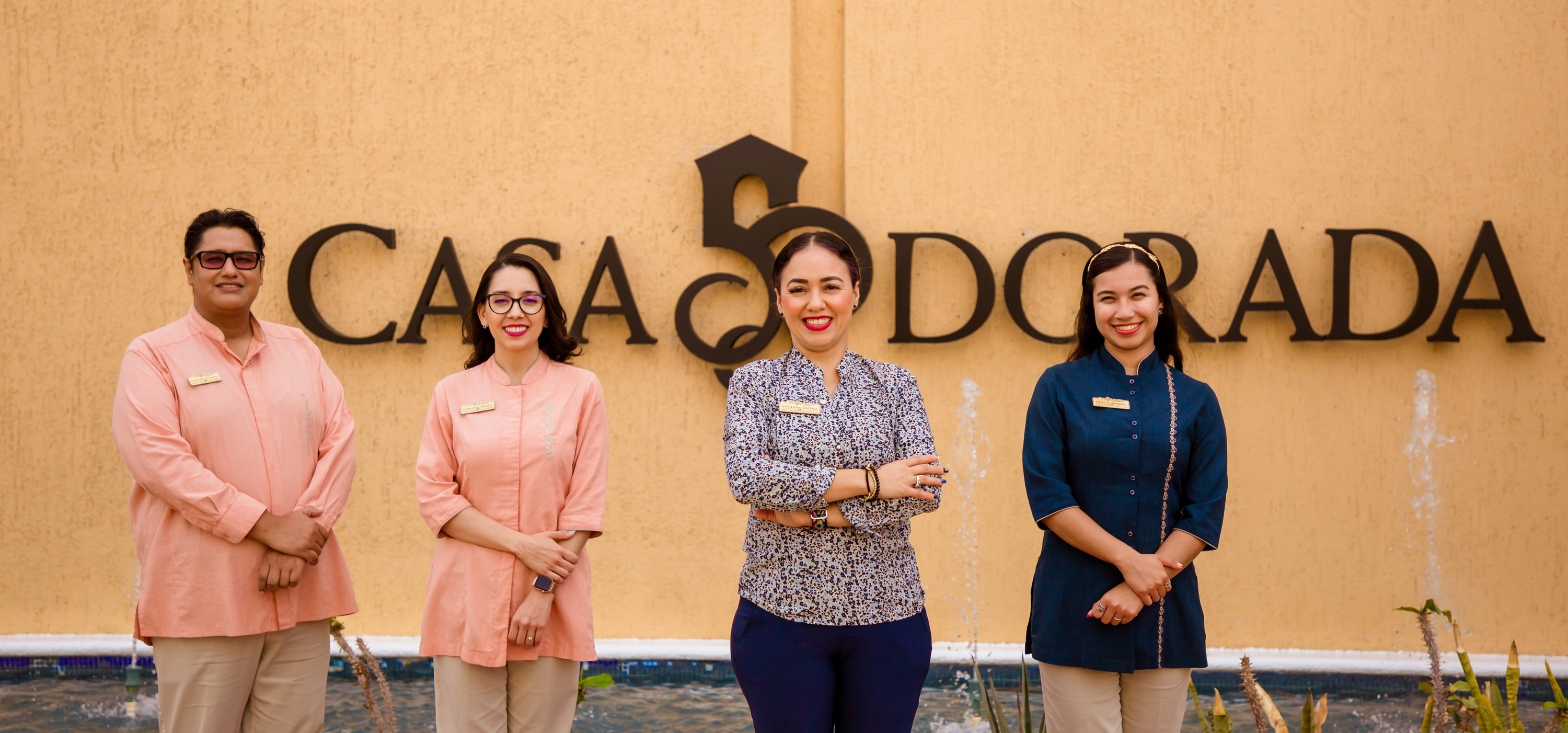3 Things you didn't know about day of the dead in los cabos
Unlike other countries, in Mexico the deceased are remembered with joy and not sadness, especially on the Day of the Dead, which is celebrated on November 2 of each year. In fact, this ancient tradition seems more like a party than a serious religious event.
People across the country create beautiful memorial altars to honor the deceased. They are not, however, the altars you may have seen elsewhere. The idea is to remember the person through their food, drinks, photographs, etc. favorites. On a traditional altar you will find tamales, tacos, a bottle of tequila, flowers, candles, and occasionally a hat or cane.
The most common thing is to make altars for family and friends, but also for famous people such as Frida Kahlo, Pancho Villa or even Queen Isabel.
![]()
If you have already been to Mexico, we are sure you have heard about this day. We can also bet that you did not know the meaning and meaning of every detail of the altars.
Here are three fascinating facts about this special day in Mexico:
![]()
Yes, we know that it doesn't sound appetizing, but it is highly anticipated by all Mexicans: Homemade sweet bread with a slightly flattened spherical shape. At the top, there is a small sphere representing the dead man's skull in the center of four cross-shaped lines known as "jarretes". They are supposed to be the arms and legs of the skeleton, or "calaca", as Mexicans colloquially call it.
![]()
IN CASA DORADA FOR THE DAY OF THE DEAD? WE WILL HAVE PAN DE MUERTO AVAILABLE!
![]()
This flower will be on all altars, as it guides the dead to reach their home from the other side.
![]()
Every altar should have symbols that represent the four elements of nature: a small container with water, fruit to represent mother earth, and fire, represented by candles. The wind is represented by the colored papers on the altar.
![]()
If you're in Cabo this month, in addition to joining our spooky Halloween party where the kids love trick-or-treating around the pool, you can't miss our very own Day of the Dead altar at Casa Dorada.
![]()
People across the country create beautiful memorial altars to honor the deceased. They are not, however, the altars you may have seen elsewhere. The idea is to remember the person through their food, drinks, photographs, etc. favorites. On a traditional altar you will find tamales, tacos, a bottle of tequila, flowers, candles, and occasionally a hat or cane.
The most common thing is to make altars for family and friends, but also for famous people such as Frida Kahlo, Pancho Villa or even Queen Isabel.
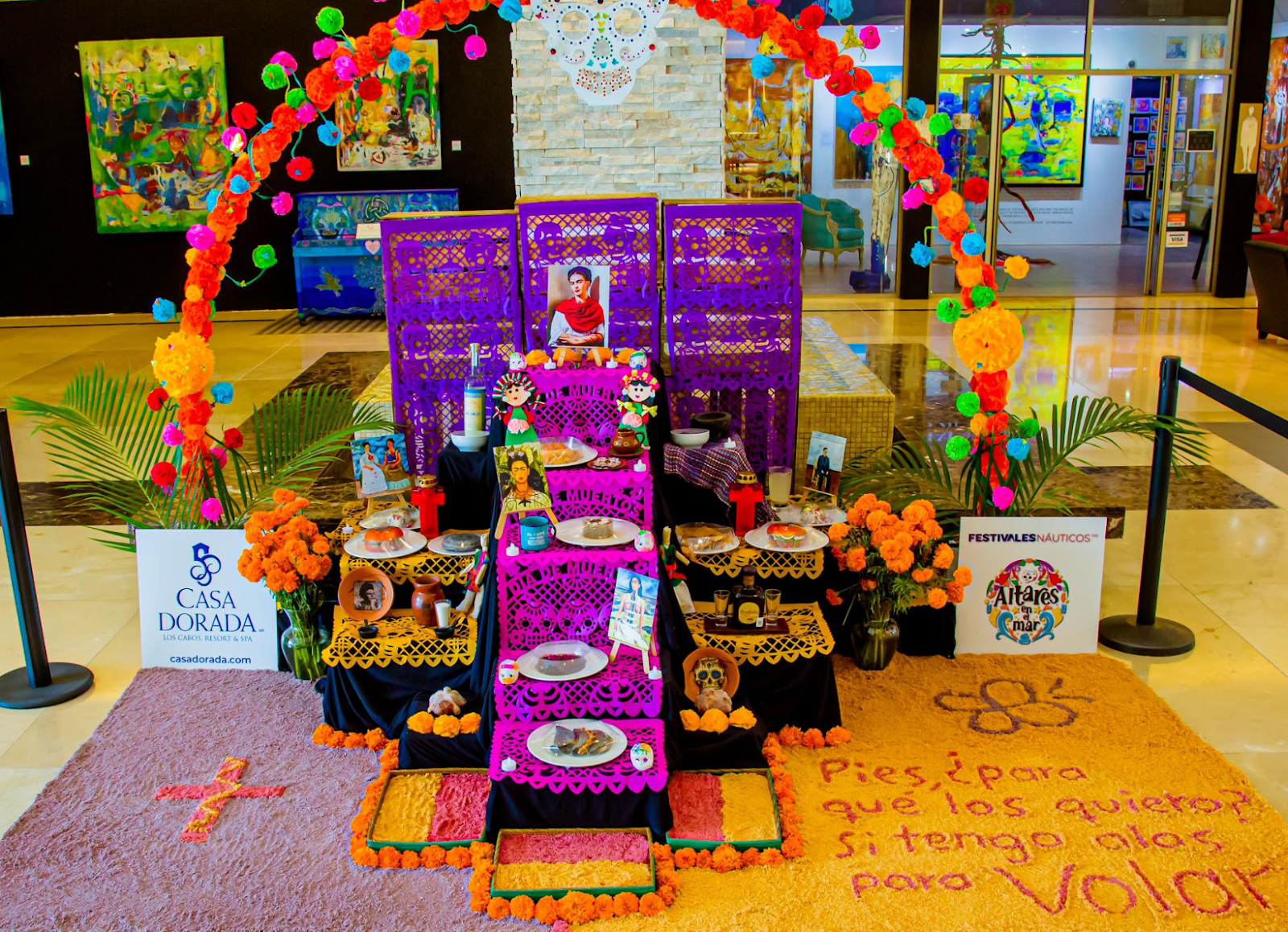
If you have already been to Mexico, we are sure you have heard about this day. We can also bet that you did not know the meaning and meaning of every detail of the altars.
Here are three fascinating facts about this special day in Mexico:
1. The bread of the dead.
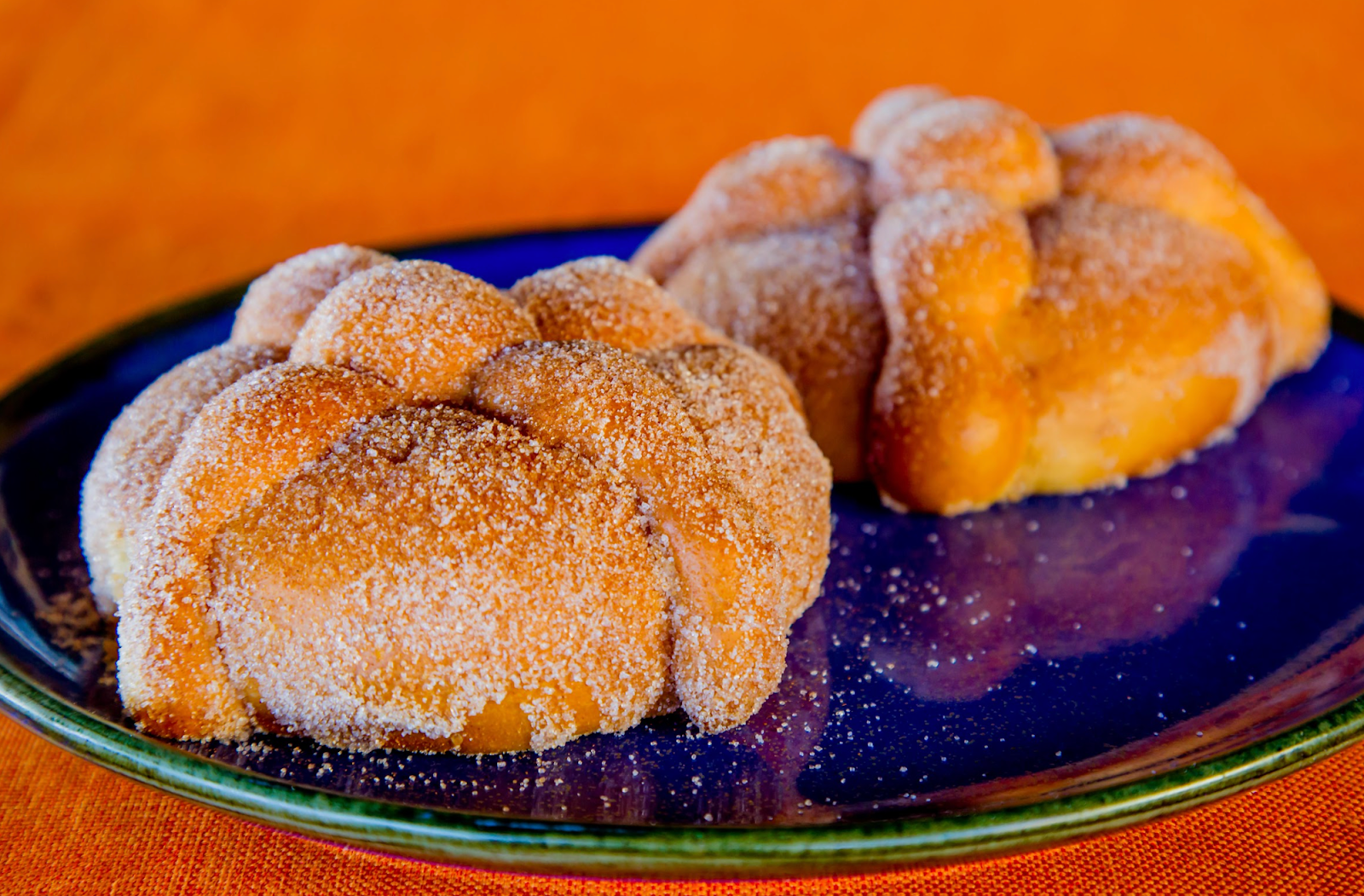
Yes, we know that it doesn't sound appetizing, but it is highly anticipated by all Mexicans: Homemade sweet bread with a slightly flattened spherical shape. At the top, there is a small sphere representing the dead man's skull in the center of four cross-shaped lines known as "jarretes". They are supposed to be the arms and legs of the skeleton, or "calaca", as Mexicans colloquially call it.
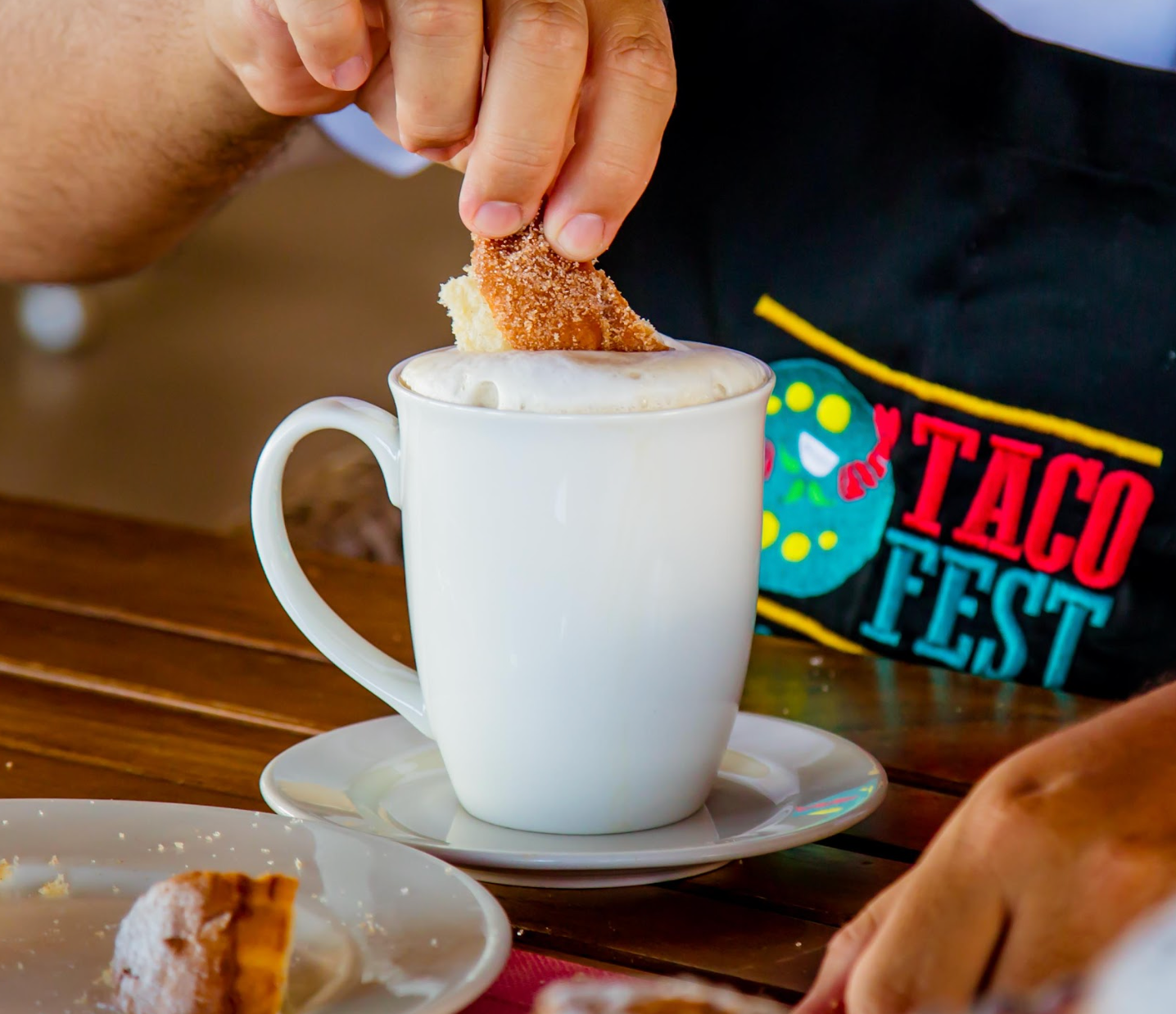
IN CASA DORADA FOR THE DAY OF THE DEAD? WE WILL HAVE PAN DE MUERTO AVAILABLE!
2. The Cempasúchil flower as a spiritual guide

This flower will be on all altars, as it guides the dead to reach their home from the other side.
3. Paper figures as a representation of the wind
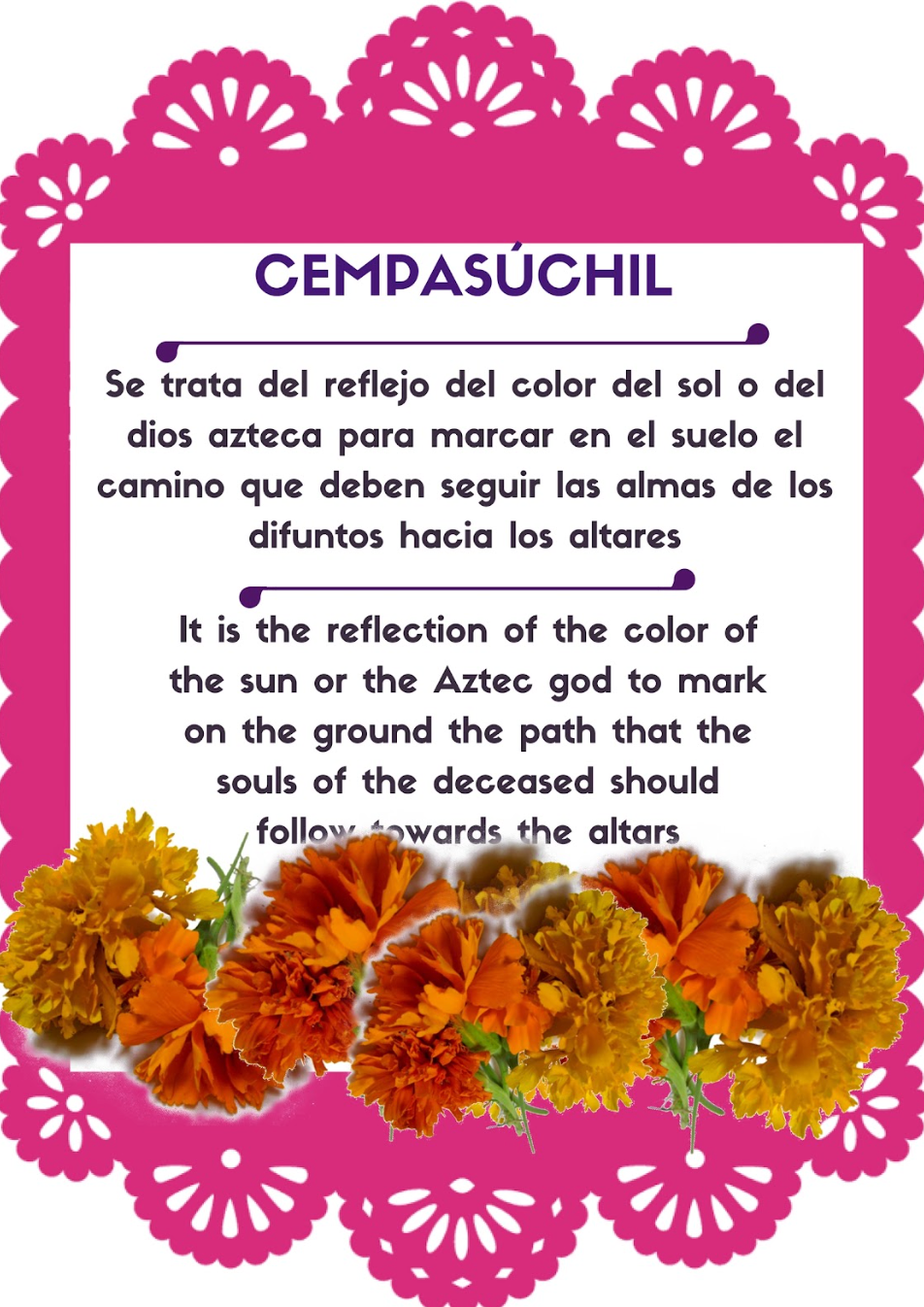
Every altar should have symbols that represent the four elements of nature: a small container with water, fruit to represent mother earth, and fire, represented by candles. The wind is represented by the colored papers on the altar.
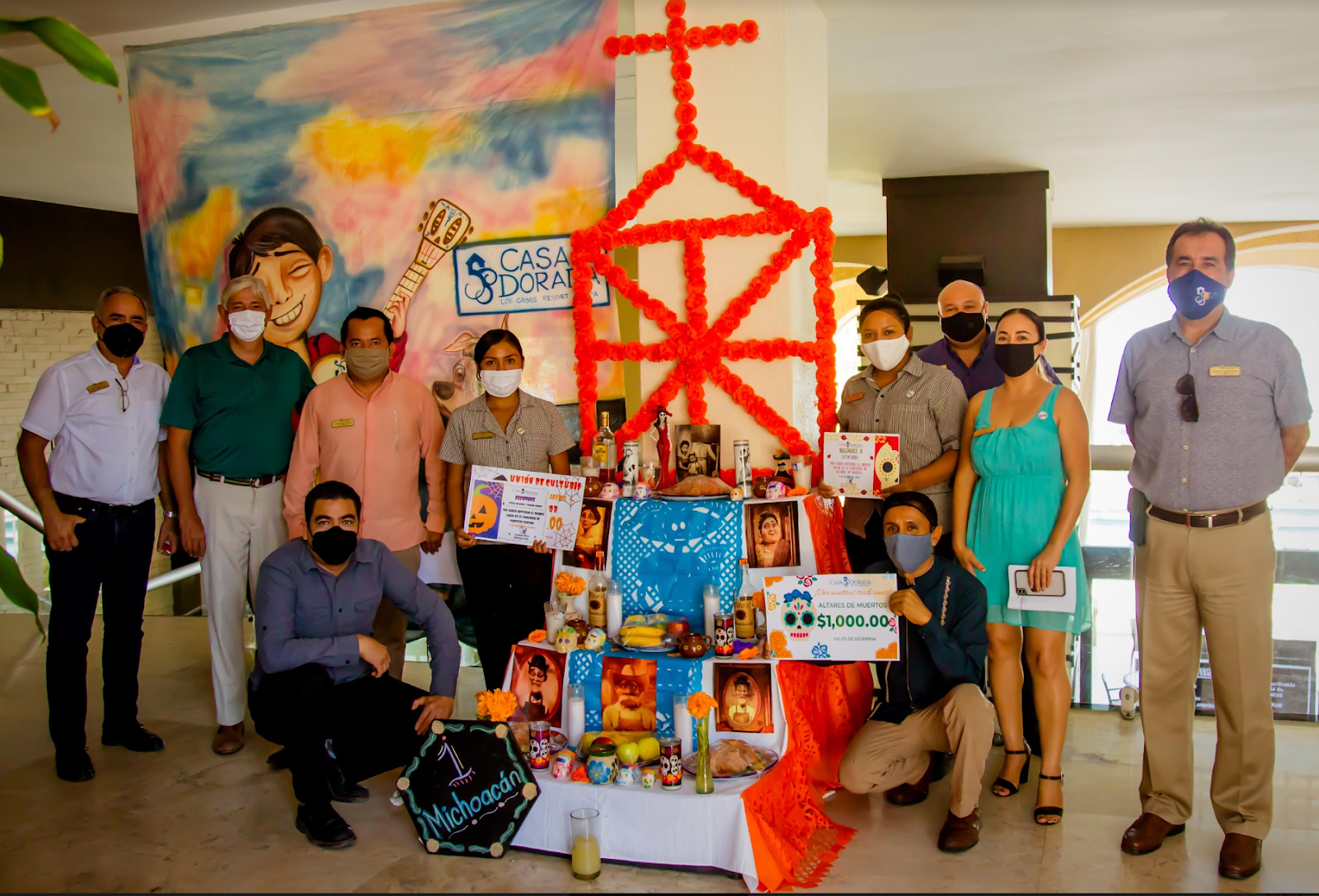
If you're in Cabo this month, in addition to joining our spooky Halloween party where the kids love trick-or-treating around the pool, you can't miss our very own Day of the Dead altar at Casa Dorada.
